Join The Touch-Free Movement
Prevent The Spread of Germs.
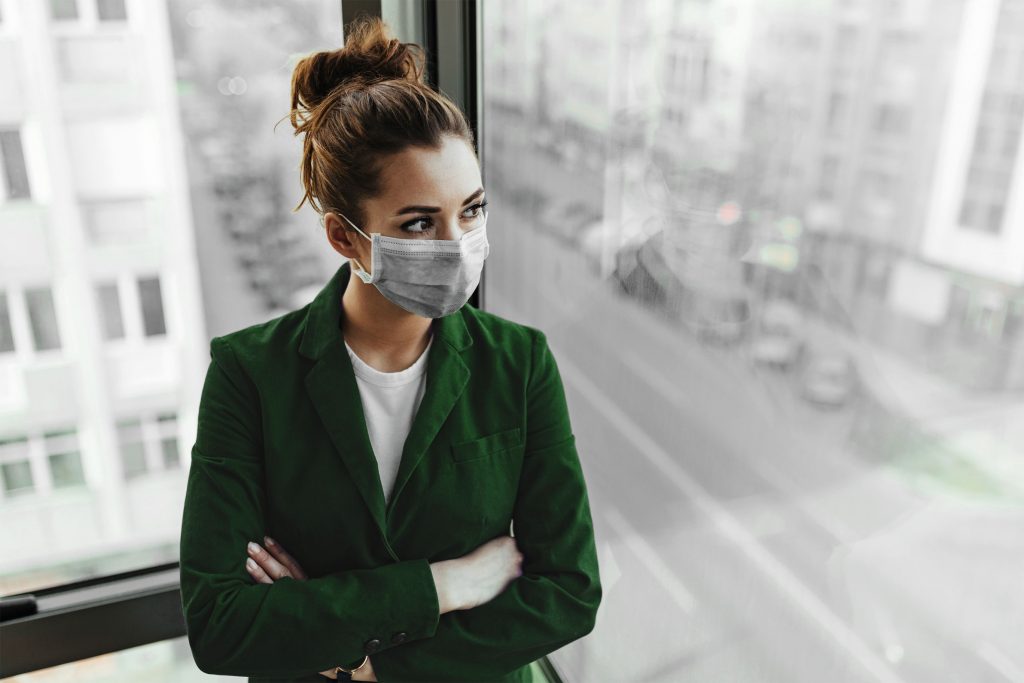
According to a report from Robert Half International, a highly reputable Management Consulting Company, up to 90% of workers go to work while feeling ill. For businesses, the presence of sick staff has negative implications on productivity, judgements, colleague relationships, company morale, and perhaps most importantly health & safety.
In times of crisis, we want to help commercial, industrial, and institutional sectors impacted by the recent COVID-19 outbreak. There are a number of ways illness transmission can be significantly reduced through building automation & reduction of touch-points. Below are examples on how businesses can do their part in minimizing the risk of spread, now and in the future.
Plumbing
Touchless Kitchen Faucets & Washing Fountains
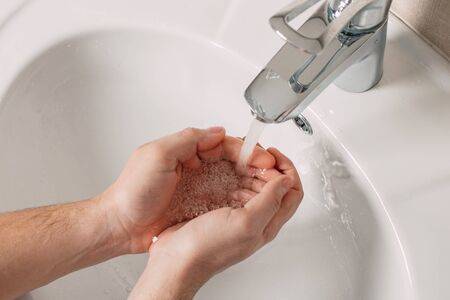
Many studies have shown the health benefits from proper hand washing practices. These practices though, require the user to use a paper towel to turn manual faucets off. In reality, users are either unaware of this expert advice or choose not to follow it.
As a result, manual faucets serve as a breeding ground for germs. Touching faucet handles after washing re-contaminates hands, and negates ever having cleaned them. If someone is sick and does not utilize proper handwashing guidelines, they have the potential to contaminate the entire workplace.
Motion-Sensored Toilets & Urinals

Ensure your facilities are clean, easy to use, and comfortable. Motion sensored toilets and urinals reduce the spread of germs that cause illnesses and diseases by ensuring that all waste is disposed of quickly, along with odours and germs left lingering in manual facilities.
Water Refilling Stations

Researchers from The Pacific Institute discovered drinking fountain handles were among the most severely contaminated surfaces in public schools and office spaces. These surfaces were found to be highly contaminated with bacteria, norovirus and influenza A.
Water refilling stations are one of the most important fixtures available to prevent the spread of harmful organisms. These devices use sensors to prevent the need to touch any surfaces, and they’ve been proven to reduce water usage by almost 40%, resulting in a significant monthly savings on your hydro bill.
Lighting & Electrical
Motion Sensor Switches
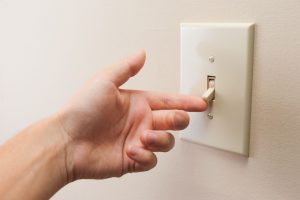
This is a commonly overlooked device. Toggle switches are unknowingly one of the dirtiest surfaces in a home or workspace. As an added bonus, any space where you want to avoid employees or visitors fumbling or searching for the switch, motion sensor lighting makes it a breeze for all.
Smart Lighting
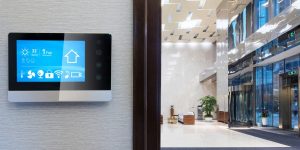
Smart lighting involves long-lasting LED light bulbs that can be controlled and customized remotely through voice-controlled or smart technology (i.e. Alexa, Google Assistant, or another smart assistant). Smart lighting not only implements a no-touch system, but is revolutionizing how businesses control lighting, conserve energy and improve security. Smart lighting systems are also a great first step into the Internet of Things (IoT), if you’re curious about smart technology.
Smart lighting installations can include sensors that monitor how much daylight is filtering into a building. On bright days, lights can automatically turn to a lower tone that is relaxing and cooling for occupants. The opposite can be true on dark and gloomy days.
In addition, recent research from the Journal of Antimicrobial Chemotherapy and The Society for Applied Microbiology has shown that blue light (470 nm) LED effectively inhibits bacterial and fungal growth. Blue light also boosts alertness, helps memory and cognitive function and elevates mood – which all correlate to increased productivity within your business!
Automatic Doors

It is no secret that germs can easily spread from one individual to another simply by physically touching objects such as door knobs. The hands-free operation of automatic doors offer energy savings, security, convenience, easy traffic flow, safety, improved image to clients, and of course hygiene. They can also provide an air-tight function that prevents the entry of dust and dirt by increasing the air pressure of the room.
Automatic Toilet Tissue & Paper Towel Dispenser
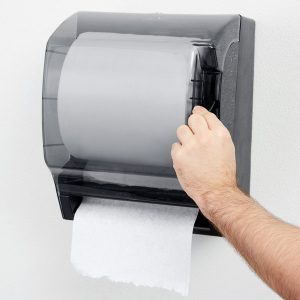
According to a study by Dr. Charles Gerba, a professor of microbiology at the University of Arizona, toilet tissue dispensers in public restrooms have 150 times more bacteria than the average toilet seat. By removing a touch-point from the restroom, automatic toilet tissue dispensers prevent cross-contamination.
According to a Cintas proprietary research study, 80% of restroom users rate the cleanliness of a commercial bathroom based on the availability of paper towels. Automatic models offer a hygienic solution that dispenses a set length of paper towel to limit waste.
To further reduce the potential of cross-contamination, dispensers completely enclose the tissue of both toilet paper and paper towel, so users can only touch the tissue they are going to use. Touch-free operations are advantageous to restroom aesthetics, and automatic dispensers can be one more item to promote both cleanliness and an upscale image in the workplace.
Motion Sensor Soap Dispensers
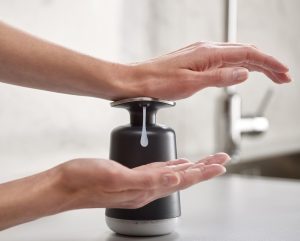
Touchless soap dispensers remove the spread of germs, by eliminating a common contact point where they can be transferred. They also deliver a convenient and standardized dose of hand soap or sanitizer. Flawless in operation, with a clean and hygienic look and delivery.
HVAC
The design and operation of HVAC systems that move air can affect disease transmission by supplying clean air to susceptible occupants, containing or diluting contaminated air and/or exhausting it to the outdoors, or by cleaning the air within the room through filtration.
Filtration Systems
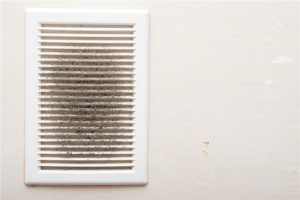
Air filtration systems keep your employees healthy by removing some airborne pollutants. Studies have shown that harmful airborne contaminants can lead to decreased workplace productivity and a loss of overall work satisfaction. As an additional bonus, the building won’t have to be cleaned nearly as often if there will not be as much pollution in the air.
Energy Recovery Ventilation
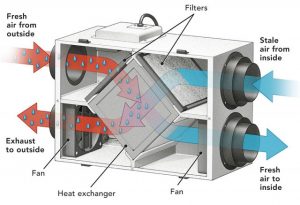
An ERV system is designed to improve ventilation in common dwellings. High-efficiency units can reduce energy consumption by up to 18%, as well as provide your building with a constant supply of fresh, clean air. Applicable for industrial facilities and residential buildings, ERV offers an energy-efficient, healthy opportunity to provide maximum comfort.
The MeadowBrook Difference
Custom Engineering & Design Solutions
With our in-house engineering and design-build capabilities, we are providing a construction delivery method with a single point of contact for both your design and construction phases. We can therefore assess your specific needs, and work with you on the best solution for your desired outcome.
Here for Your Every Need, Routine or Otherwise
Without routine assessments, not only can your building and the productivity of your people suffer; but you can also expose your employees to potentially avoidable health risks including pollutant-rich air.
A Qualified Partner
By choosing a qualified contractor, you have ease of mind so that you can focus on what’s important to you: your business.
